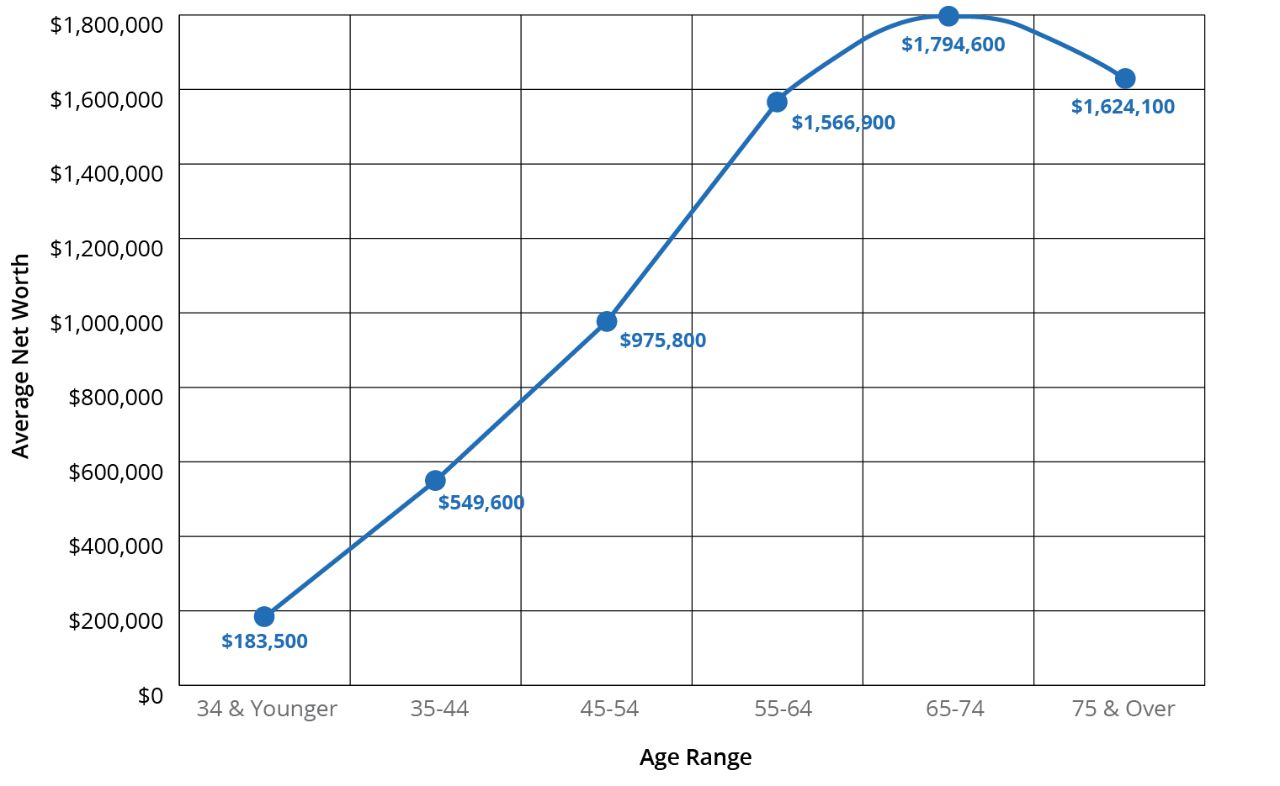As we spend more time online, social media has become a breeding ground for unrealistic financial comparisons. Platforms such as TikTok and Instagram are full of creators pushing new trends, selling the next must-haves, and flaunting expensive hauls of luxury items. And that’s where money dysmorphia comes in. The onslaught of these videos may leave some feeling financially inadequate and pressured to recreate these lifestyles. The consumerism and never-ending comparison traps can lead to anxiety, overspending, and growing fears around financial stability.
Although influencers make it seem effortless, their apparent success may not reflect reality. The products and lifestyles influencers showcase are often sponsored or gifted by brands, who also pay them for endorsements. It’s important to remember that what we see online isn’t always the full picture—especially as we navigate our own finances.
The Social-Media Influence
Social media doesn’t just reflect culture—it actively shapes it. These platforms have become digital stages where wealth is often equated with worth. Algorithms prioritize content that’s visually appealing and aspirational, which often means luxury lifestyles, designer fashion, exotic vacations, and high-end tech gadgets. This can create a distorted sense of what’s “normal” or attainable.
For younger users, who are still forming their financial identities, this constant exposure can be especially damaging. Seeing peers—or influencers their age—seemingly thriving financially can lead to feelings of inadequacy or failure. The curated nature of social media can hide the reality behind the scenes: credit-card debt, brand sponsorships, and staged content. Yet, the emotional impact is real.






